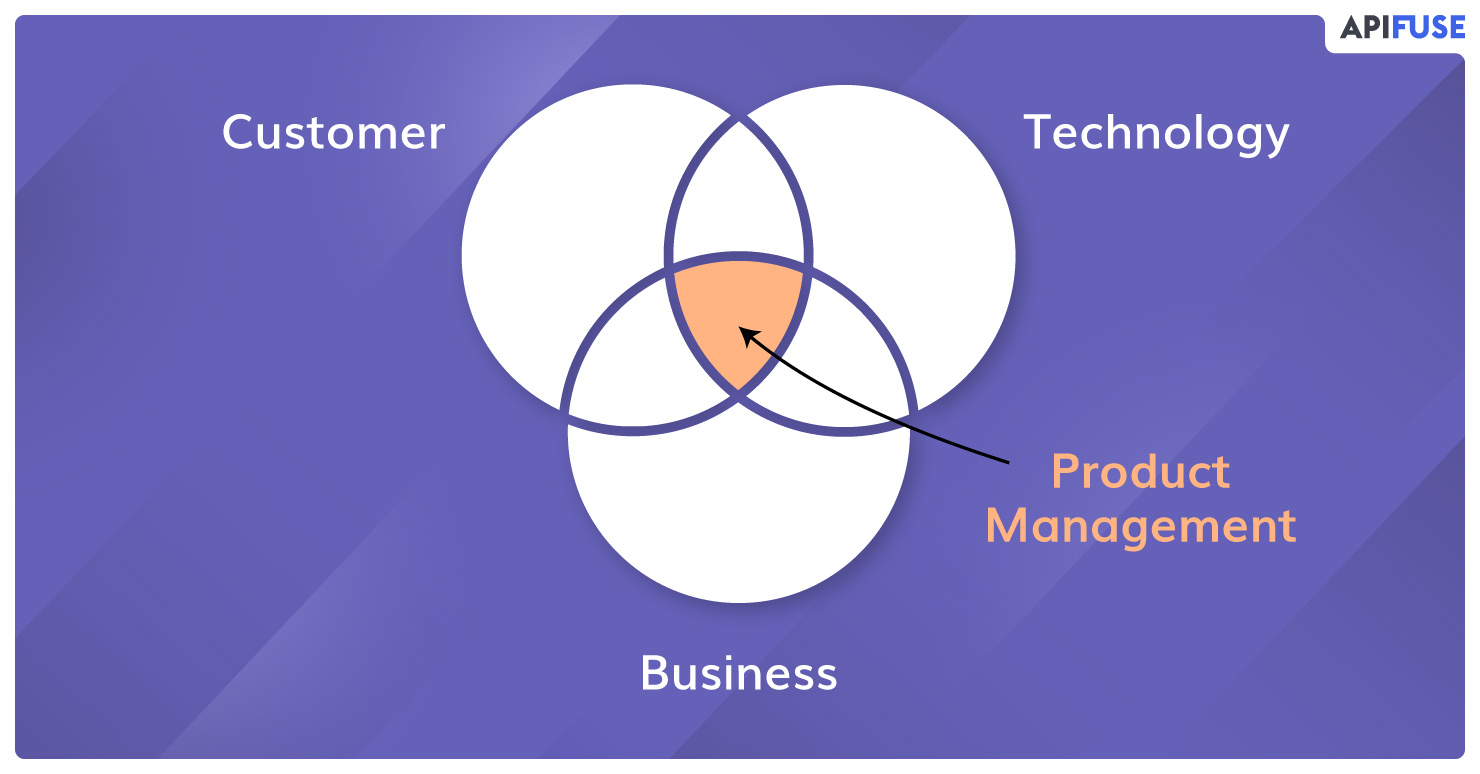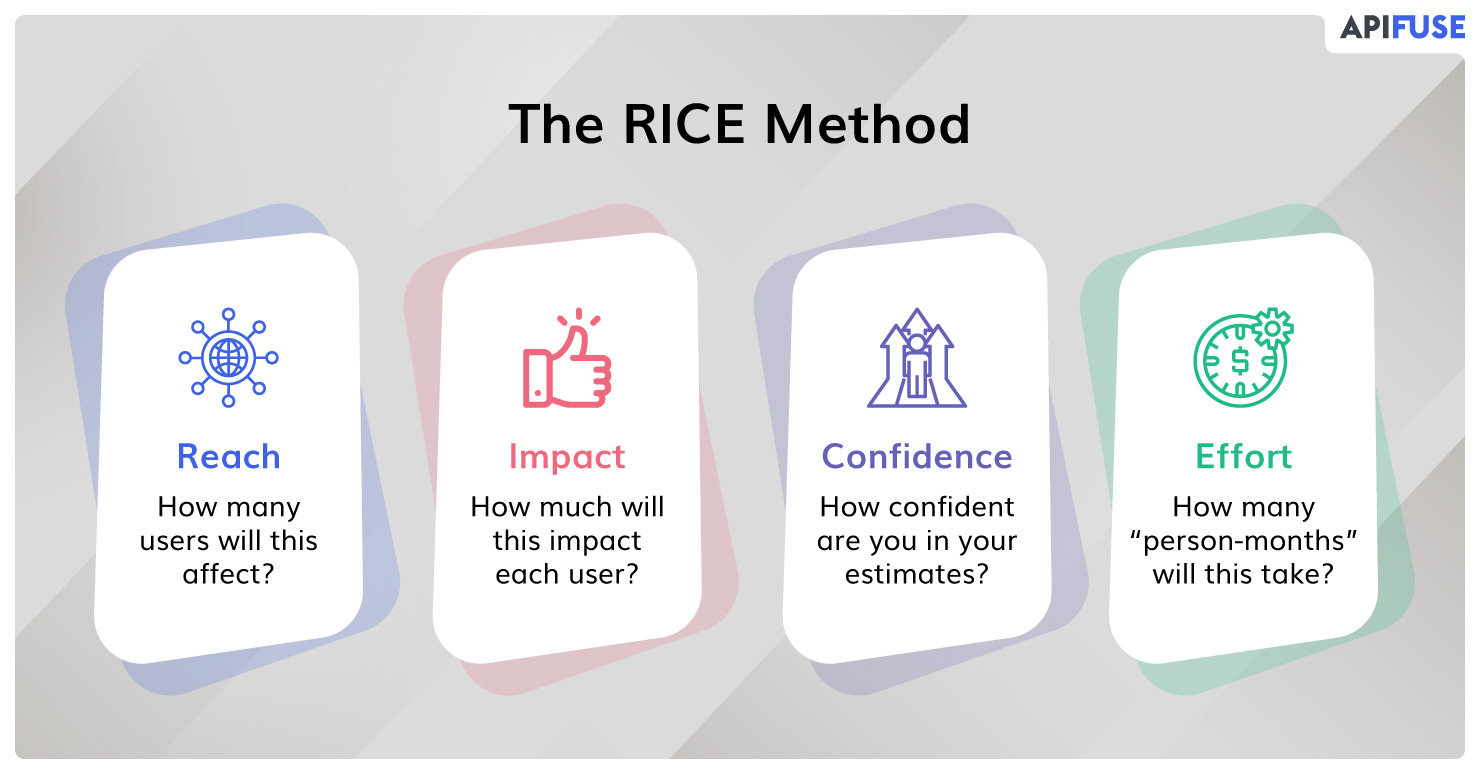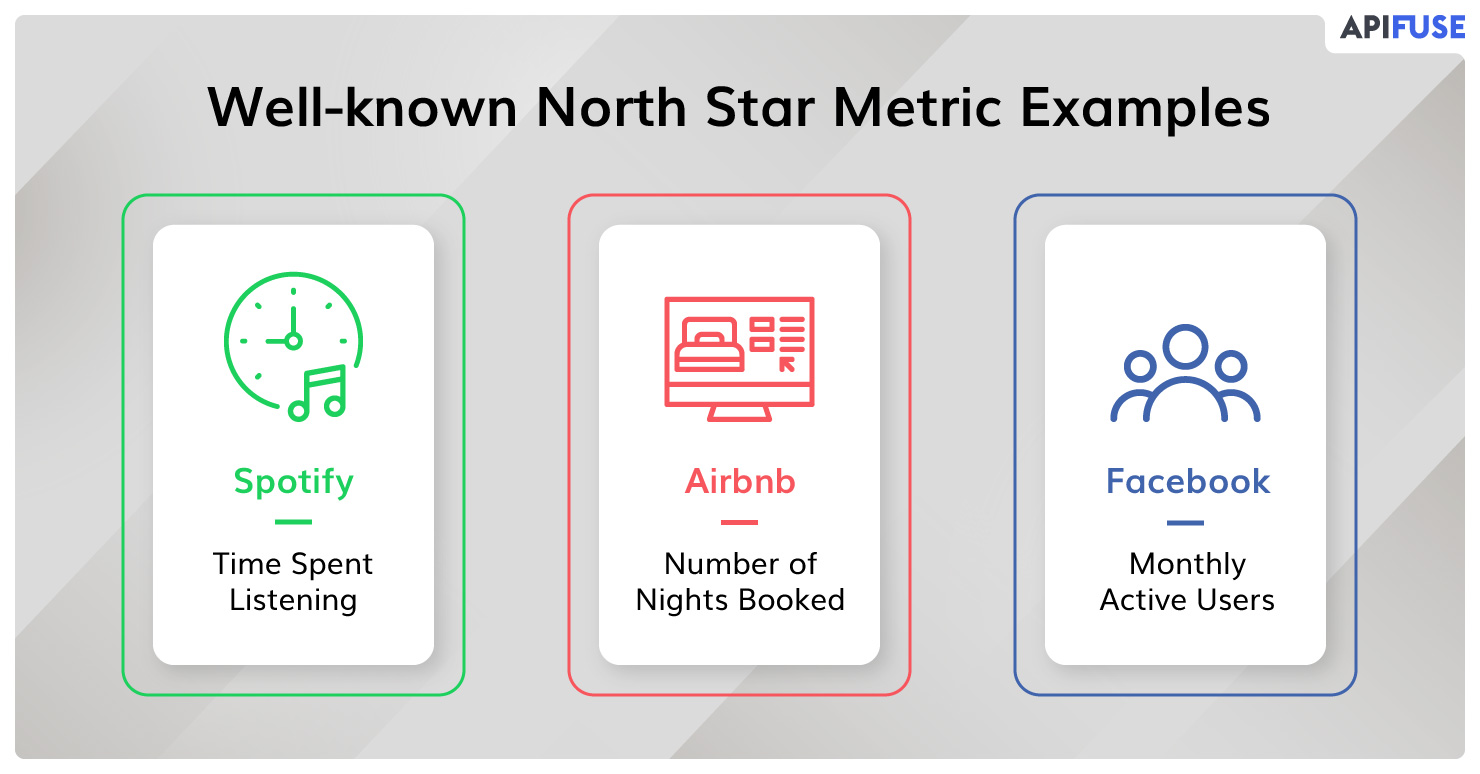Achieving profitable revenue growth and long-term success isn’t simple. But with the right SaaS product management and product leadership, it is absolutely possible.
Research by Aha! and Roadmap says that 50.3% of product managers don’t have a clear strategic vision to guide them. More often than not, they are working triage – solving problems for an existing and essential customer, hot fixing a bug, or working on the right here, right now.
Why?
Because a product manager’s job is as amorphous as it is difficult, on top of it, it’s paradoxical. It’s their duty to build incredible products with features that users fall in love with from the get-go. It is also their duty to release a minimally viable product as soon as possible.
It’s their responsibility to listen to the voice of the customer and develop features based on the input. Yet, it is also their responsibility to build an app that users haven’t asked for yet.
It’s really hard to design products by focus groups. A lot of times, people don’t know what they want until you show it to them.
— Steve Jobs
Given the contradictory rules product managers have to juggle, managing a Software as a Service (SaaS) product is challenging. But it doesn’t always have to be that way, as long as you accept product management lies where technology, customer, and business overlap.

Modern Product Management Best Practices for Today’s SaaS PMs
The rule of thumb for all SaaS company product managers is to never chase the perfect product. You can deliver more value by launching the first version and then iterating it.
So, when you build your product roadmap, don’t wait to ship it till it’s flawless and has all the bells and whistles. Instead, tell your customers it’s still in development and set the right expectation. Next, get customer feedback, learn what needs tweaking, make adjustments, and then deliver.
 With that basic canon out of the way – Continuous Improvement and Continuous Delivery – let’s unpack what else successful SaaS product management takes.
With that basic canon out of the way – Continuous Improvement and Continuous Delivery – let’s unpack what else successful SaaS product management takes.
1. Don’t treat SaaS product management as old-school software management.
Traditional software had one-off versions. You built, sometimes slowly. Then you shipped, and that was it.
The nature of SaaS products is very different. Customers reassess SaaS apps monthly, if not weekly. They switch to another product faster because the choices are more and shifting is easier. It means product teams need to develop tools and features quicker and deploy them at a higher frequency.
While the roadmap of old-fashioned software was almost set in stone, SaaS product management requires flexibility. It frequently changes because you need to differentiate and keep solving customer problems—all the while working on building open and scalable solutions.
2. Keep a deeper focus on product differentiation.
The SaaS industry is crowded. It’s not simple to stand out, but it is necessary. So, a part of product management is finding different ways to distinguish your offering. The obvious technique is to have a ‘secret sauce.’ A technology that no one has and cannot duplicate.
While this does impart a strong competitive advantage, it is not always possible. If that’s the case, you can try myriads of other practices. Most of them fall broadly into 3 categories.
2.a) Features
If your product helps a user get a job done, it will succeed. The best path to differentiation is creating a SaaS offering and deliver features that solve problems.
2.b) Performance
Another way to make your product stand out is to get it to perform the job:
- Faster
- With higher accuracy
- More simply, i.e., fewer steps.
Another route to setting yourself apart from the rest of the pack is developing a product that gets the job done at a lesser cost.
2.c) Service
When you fail to have a feature or performance metric as USP, the last resort is stellar customer service. It is not always the product that launches a SaaS company into the stratosphere.
At times, it is the experience surrounding the offering that makes it popular. When your product doesn’t lend itself to any other USP, provide in-depth support and faster customer responses.
3. Create a roadmap that factors in prioritization
The most challenging part of a product manager and development team’s job is deciding what to work on first.
If you collect feedback from users, as any SaaS platform worth its salt does; if you brainstorm opportunities for product improvement; if you value customer success and find new SaaS apps to integrate with – you’ve got a reliable roadmap.
But that’s not enough.
You need to prioritize these ideas. We’ve spoken about how to prioritize between integrations and core features before. Here is an accepted tactic to evaluate which product feature idea to tackle first – the RICE method.

- Reach: how many users will this affect?
- Impact: how much will this impact each user?
- Confidence: how confident are you in your estimates?
- Effort: how many “person-months” will this take?
Reach
Bias tends to skew roadmaps towards features that senior product managers like or would commonly use. To avoid this tendency, calculate the reach of the idea. Reach means how many in your customer base will be affected by the feature within a defined time.
Impact
The impact of an idea is tougher to measure. One metric you can assess is how much the idea will increase conversion rate after a user/customer encounters the new feature (or integration). Utilize a multiple-choice scale for scoring:
- Massive = 3x
- High = 2x
- Medium = 1x
- Low = 0.5x
- Minimal = 0.25x
Confidence
It’s easy to be tempted by exciting ideas, even when they are ill-defined and don’t have any market research data that point towards a successful product or feature. Confidence helps you weed them out. This can be measured as:
- High = 100%
- Medium = 80%
- Low = 50%
Effort
Every project requires effort from all teams: marketing, sales, engineering, design, product, etc. Always evaluate the total time it will take to complete the project. This is measured in person-months, i.e., work accomplished by one employee in one month.
Each factor gives you a score, combine them all, and then compare the RICE score of different projects to find out which should be a priority.
A strong product roadmap is important. A roadmap with priorities is vital. But a strong, prioritized product roadmap that gels with your broader company strategy is absolutely essential!
4. Never fail to measure success in product management
PMs think data-driven product management automatically leads to successful products. That’s not always the case. Data is valuable, but it is half the picture. Understanding the data and, consequently, your customers is the other half.
You have to extrapolate information from it while factoring in every other element to reach actionable conclusions. Misuse of data can do more harm than help to your software product. That’s why the savvy strategy is to measure and then rank the data you collect. Analyze its importance with respect to broader business goals.
Metrics a SaaS product leader should focus on
All of your strategic product decisions must be based on metrics. That is obvious.
The question is, which metrics?
A great starting point is the data generated by your users and prospects. It grants insight into what your customers value, what features to promote, and what you need to modify.
The AARRR framework is another solid place to start. It factors in:
- Acquisition
- Activation
- Retention
- Referral
- Revenue
 Also known as pirate metrics, it helps understand your customers and their journey. It can optimize your funnel and makes it healthy by building a low and sustainable churn rate. Lastly, it helps you set valuable and actionable metric goals.
Also known as pirate metrics, it helps understand your customers and their journey. It can optimize your funnel and makes it healthy by building a low and sustainable churn rate. Lastly, it helps you set valuable and actionable metric goals.
For instance, a PM’s job is to build products that customers love so much that they turn into promoters – recommending your SaaS offering to their friends and family repeatedly. The referral metric can measure this.
Some other customer-oriented metrics a PM can use are:
- What’s the product adoption or usage?
- How many users perform a particular action in the product, like using an integration?
- How many leads perform an action after a marketing campaign like trial sign up?
- What is the quality of the product, e.g., is the number of bugs reported going up or down over time?
Find a north star metric.
There are too many ways to measure and evaluate data. A good product manager picks a north star metric. This is your top metric, and you use it as a focus for growth.
That doesn’t imply that attention on this metric is to the exclusion of all others. It’s merely more important than others.
Well-known north star metric examples
- Spotify = Time spent listening
- Airbnb = Number of nights booked
- Facebook = Monthly active users
 Getting product metrics is vital. But a guaranteed method to SaaS product management failure is forgetting ‘the why’. Why did customers start using your new features or integration? How are they using it to get their jobs done? So, keep measuring but never forget to keep your eye on ‘the why’.
Getting product metrics is vital. But a guaranteed method to SaaS product management failure is forgetting ‘the why’. Why did customers start using your new features or integration? How are they using it to get their jobs done? So, keep measuring but never forget to keep your eye on ‘the why’.
5. Create a dedicated product management team
Behind every great product is a manager who can discern what is essential and what is incidental. The product leader also has insight into what is possible while displaying great empathy for the users.
Finding one individual that embodies all these qualities and has the skills and talent for it is near impossible. That’s why companies need to create a dedicated product management team. A team that houses several positions.
A team leader who owns the product and sets the vision and strategy for it. A product manager (or several) in charge of creatively solving user problems. Then come in the researchers and user experience managers who gauge the product layout, information architecture, and suggest changes to make the use simpler.
SaaS Product Management Is Not Optional, It’s Vital
For a business to achieve growing annual revenue, it is essential to have a SaaS product management team. It cannot be replaced by product development or product marketing. Each function is separate, complementary though they might be.
A product manager understands business strategy, renders it into product strategy, and knots them with the needs of the target market segments. It’s not easy to achieve. It requires investing time in developing a product management function that unlocks operational efficiency and brings in visible dividends.
APIFuse helps SaaS product managers attain part of this objective by making integrations simpler and faster. Our ‘drag and drop’ integration capabilities rapidly deliver on end-user integration requests to meet your customer demands without adding to your development backlog.
We offer SaaS firms on-demand integration for faster revenue growth through our Standard and Platform plans. For fully managed end-user integration support, we offer our White Glove plan. We enable SaaS companies to white-label our 3rd party integrations and allow your customers to connect their apps without leaving your product.
Our embedded iPaaS solution is purpose-built for native integrations, delivering comprehensive features at an affordable price point. We help you focus on doing what you do best while eliminating worries about building and managing complex workflows. Request a demo for more information!
